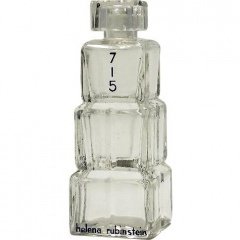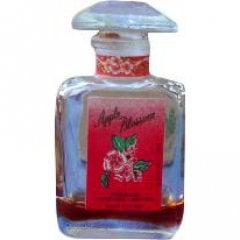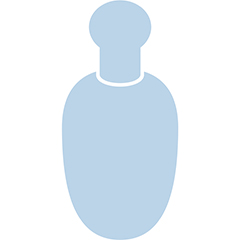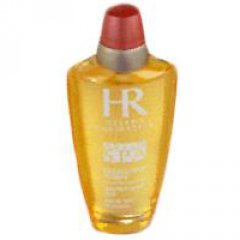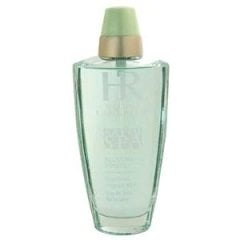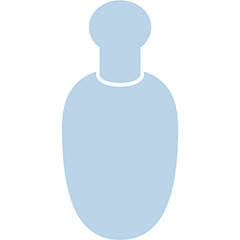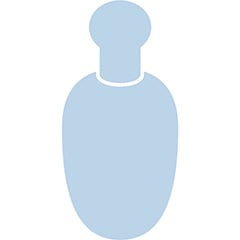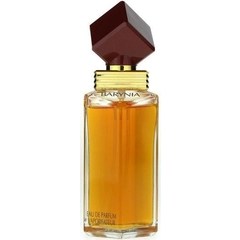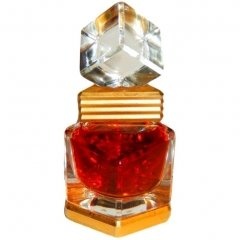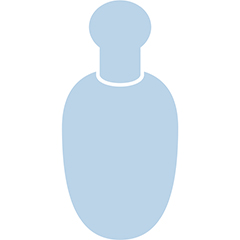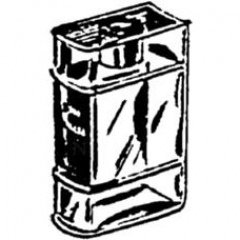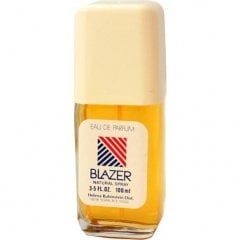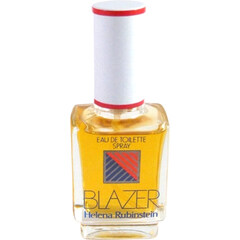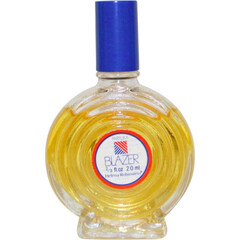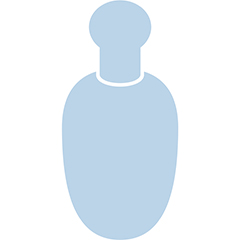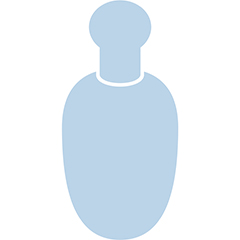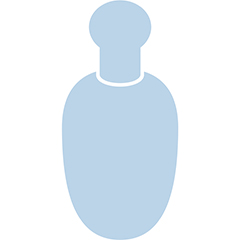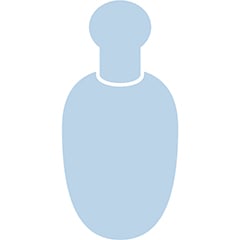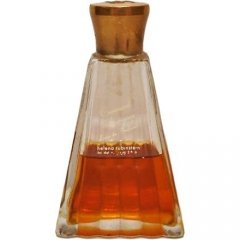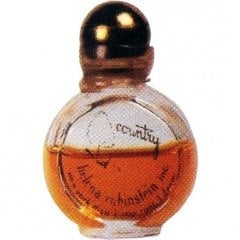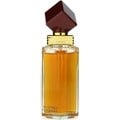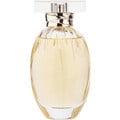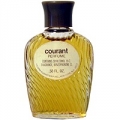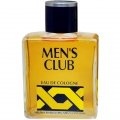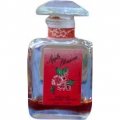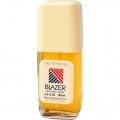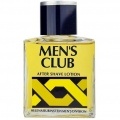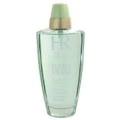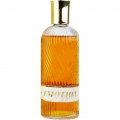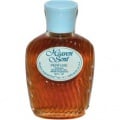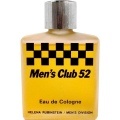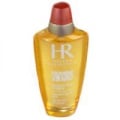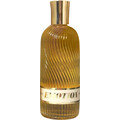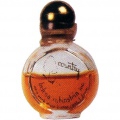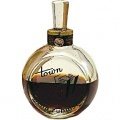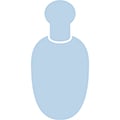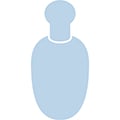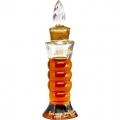Helena Rubinstein
 USA
USA Helena Rubinstein (born Chaja Rubinstein in Poland in 1870) was a US cosmetics entrepreneur and pioneer in cosmetics development. Her outstanding achievement was that from very... Read more
Interesting Facts
Helena Rubinstein (born Chaja Rubinstein in Poland in 1870) was a US cosmetics entrepreneur and pioneer in cosmetics development. Her outstanding achievement was that from very modest starting conditions, she became one of the most commercially successful women of her era through optimism, discipline and innovative spirit.
She was the eldest of eight daughters of the grocer Horaz Rubinstein and his wife Augusta. At the age of 18, she began studying medicine in Krakow and in Zurich, but dropped out. She emigrated to Queensland, Australia, where she first worked as a nanny for her uncle. Her mother gave her twelve cream jars for cosmetic care, some of which she gave to farm women. Her first business idea was to sell creams imported from Poland. Then she began making the creams herself. In 1899, she opened Australia's first beauty salon in Melbourne. She had great success with it, as cosmetics were not very common in Australia at that time. In addition, Helena Rubinstein, with her delicate, white skin, was herself her best advertising medium. In order to be able to develop her own products, she left Australia again and handed over the business to two of her sisters.
In Paris in 1905, she began studying with Dr. Berthelot, one of the best-known dermatologists of the time, and studied the disciplines of nutritional sciences and facial surgery. In 1907, Rubinstein married journalist Edward William Titus (1870-1952) and gave birth to two sons. While still pregnant with her first, she opened a second beauty salon in London in 1908 and, as a mother of two, a third in Paris in 1912.
In 1914, the family left Europe during World War I and emigrated to the United States. Just one year later, she opened her fourth store there with imported skin care products. Then, by 1920, she had developed her first line of cosmetics. The products she sold now bore the name Helena Rubinstein for the first time. This brand name still exists today.
In 1937, her first marriage was divorced. The following year she married the Georgian prince Artchil Gourielli-Techkonia (1897-1955). At this time began her competitive struggle with the cosmetics entrepreneur Elizabeth Arden, which was to last all her life.
In 1953, Helena Rubinstein opened one of the largest factories ever created by a woman not far from New York. Soon she owned other factories in Great Britain, France, Germany, Switzerland, Italy, Israel, Australia, Japan, Canada and South America.
The course of production in the cosmetics empire of Rubinstein, who was known as extremely thrifty, was highly rationalized. The entire demand for creams, lotions and perfumes for France, Scandinavia and the Benelux countries was already produced by 1964 by only four workers. Production of powder for this huge consumer market was fully automated and controlled by just one operator. It also broke new ground in marketing. Well-known designers and artists designed her elaborate packaging, various writers wrote advertisements, brochures and the company's own magazine for her, and interior designers decorated her beauty salons so that they presented themselves to visitors as veritable temples of art.
By the time of her death, the company included 100 branches in 14 countries, employing some 30,000 people.
In 1965, Helena Rubinstein died in a New York hospital at the age of 94. Until shortly before her death, she had still managed her company herself. She left her 121 heirs the cosmetics empire she had built up, as well as houses, jewelry and paintings. She bequeathed the largest part to health care because she regretted not becoming a doctor and had not succeeded in developing cosmetics into medicine. Since 1988, the luxury brand Helena Rubinstein has belonged to the L'Oréal Group.
Helena Rubinstein was considered a patron of the arts and sciences. She commissioned paintings, was herself portrayed by some 50 painters, collected art of all kinds and organized exhibitions for unknown painters. She endowed travel grants to artists and an art prize in France, established a foundation to support art students, and had a museum of modern art built in Tel Aviv. At the University of Massachusetts, she established a chair in chemistry and in 1953 founded the Helena Rubinstein Foundation, which continues to support women scientists today.
Perfumes of high profile include "Heaven Sent / Heaven-Sent" (1941), "White Flame" (1942), "Noa Noa" (1953) and "Barynia" (1985). Men's fragrances launched by Helena Rubinstein include "Men's Club" (1966) and "Mark Cross" (1978).
She was the eldest of eight daughters of the grocer Horaz Rubinstein and his wife Augusta. At the age of 18, she began studying medicine in Krakow and in Zurich, but dropped out. She emigrated to Queensland, Australia, where she first worked as a nanny for her uncle. Her mother gave her twelve cream jars for cosmetic care, some of which she gave to farm women. Her first business idea was to sell creams imported from Poland. Then she began making the creams herself. In 1899, she opened Australia's first beauty salon in Melbourne. She had great success with it, as cosmetics were not very common in Australia at that time. In addition, Helena Rubinstein, with her delicate, white skin, was herself her best advertising medium. In order to be able to develop her own products, she left Australia again and handed over the business to two of her sisters.
In Paris in 1905, she began studying with Dr. Berthelot, one of the best-known dermatologists of the time, and studied the disciplines of nutritional sciences and facial surgery. In 1907, Rubinstein married journalist Edward William Titus (1870-1952) and gave birth to two sons. While still pregnant with her first, she opened a second beauty salon in London in 1908 and, as a mother of two, a third in Paris in 1912.
In 1914, the family left Europe during World War I and emigrated to the United States. Just one year later, she opened her fourth store there with imported skin care products. Then, by 1920, she had developed her first line of cosmetics. The products she sold now bore the name Helena Rubinstein for the first time. This brand name still exists today.
In 1937, her first marriage was divorced. The following year she married the Georgian prince Artchil Gourielli-Techkonia (1897-1955). At this time began her competitive struggle with the cosmetics entrepreneur Elizabeth Arden, which was to last all her life.
In 1953, Helena Rubinstein opened one of the largest factories ever created by a woman not far from New York. Soon she owned other factories in Great Britain, France, Germany, Switzerland, Italy, Israel, Australia, Japan, Canada and South America.
The course of production in the cosmetics empire of Rubinstein, who was known as extremely thrifty, was highly rationalized. The entire demand for creams, lotions and perfumes for France, Scandinavia and the Benelux countries was already produced by 1964 by only four workers. Production of powder for this huge consumer market was fully automated and controlled by just one operator. It also broke new ground in marketing. Well-known designers and artists designed her elaborate packaging, various writers wrote advertisements, brochures and the company's own magazine for her, and interior designers decorated her beauty salons so that they presented themselves to visitors as veritable temples of art.
By the time of her death, the company included 100 branches in 14 countries, employing some 30,000 people.
In 1965, Helena Rubinstein died in a New York hospital at the age of 94. Until shortly before her death, she had still managed her company herself. She left her 121 heirs the cosmetics empire she had built up, as well as houses, jewelry and paintings. She bequeathed the largest part to health care because she regretted not becoming a doctor and had not succeeded in developing cosmetics into medicine. Since 1988, the luxury brand Helena Rubinstein has belonged to the L'Oréal Group.
Helena Rubinstein was considered a patron of the arts and sciences. She commissioned paintings, was herself portrayed by some 50 painters, collected art of all kinds and organized exhibitions for unknown painters. She endowed travel grants to artists and an art prize in France, established a foundation to support art students, and had a museum of modern art built in Tel Aviv. At the University of Massachusetts, she established a chair in chemistry and in 1953 founded the Helena Rubinstein Foundation, which continues to support women scientists today.
Perfumes of high profile include "Heaven Sent / Heaven-Sent" (1941), "White Flame" (1942), "Noa Noa" (1953) and "Barynia" (1985). Men's fragrances launched by Helena Rubinstein include "Men's Club" (1966) and "Mark Cross" (1978).
Content by
 Maravilhas
Maravilhas
 Maravilhas
Maravilhas

